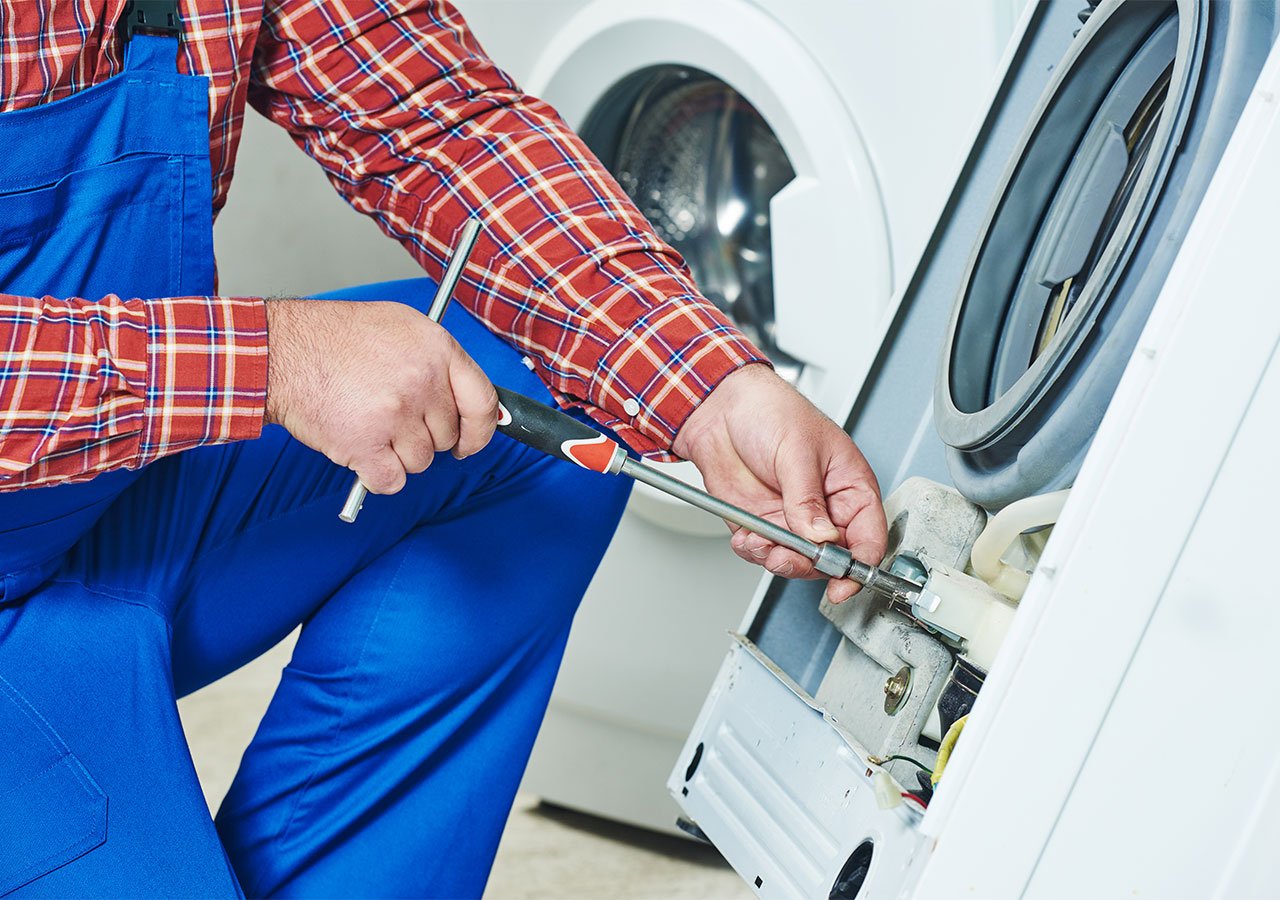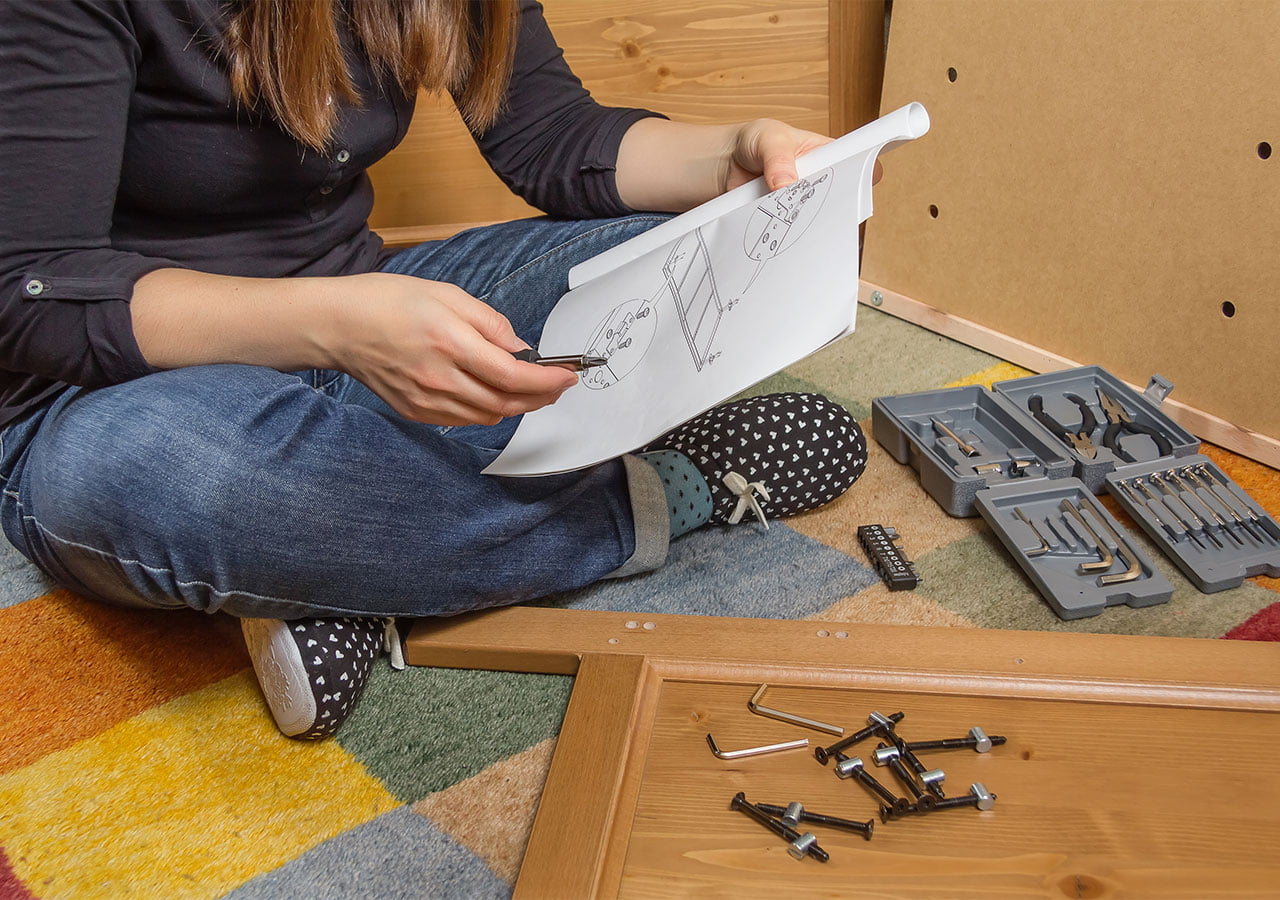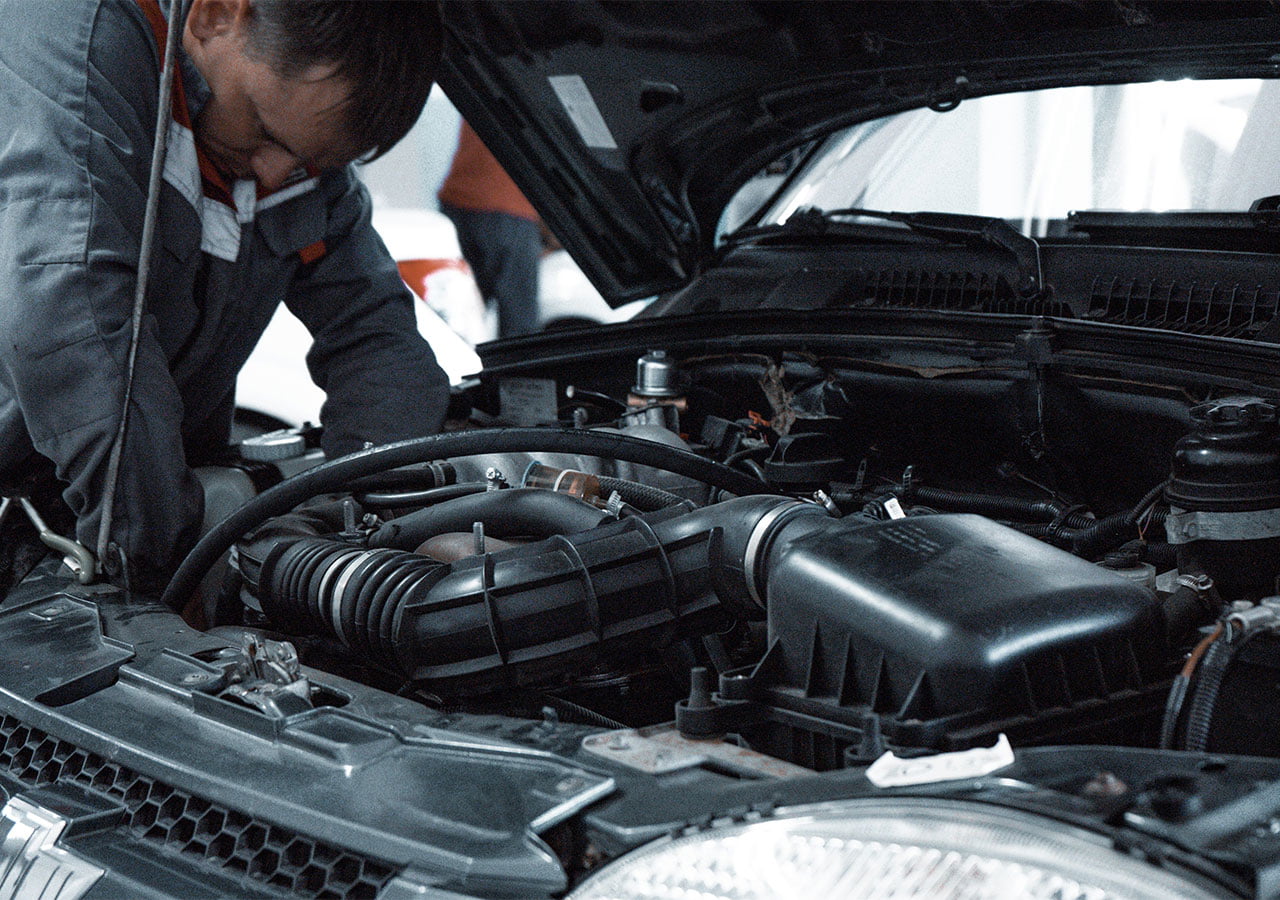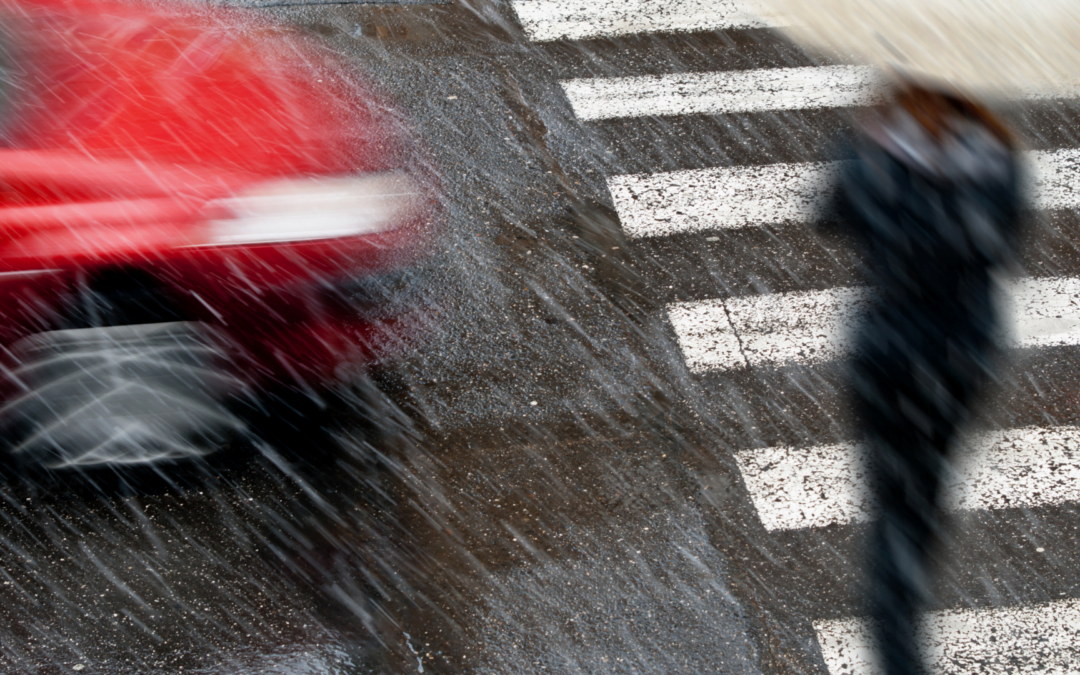We are all consumers – and we consume a lot. If you’ve experienced an injury or loss due to a product you’ve purchased, you may be eligible for compensation. Learning about the basics of product liability claims will help you get started.
In today’s world, it is important to protect yourself from defective products. Claims related to product liability make news headlines globally. Consumers (and all parties responsible for a good being assembled and sold) genuinely want products to be in good working order. When something goes wrong down the line, it feels like a big waste of time and money, often resulting in a breach of trust. We want to feel confident and secure in the choices we make as consumers.
Defining Product Liability
A consumer’s right to seek compensation if physical or property damage occurs due to a purchased product is the basis of product liability. Understanding the basics of how and when liability law comes into play is important, since each claim will be different based on the type of product (it’s intended use) and situation (what went wrong).
In Canada, the law states that products should meet the expectations of buyers. This means they should perform their functions and contain the materials that the manufacturer or distributor has outlined. Let’s explain the conditions of these claims in a bit more detail.
Who Takes Responsibility for Defective Products?
A lot goes into the creation (manufacturing and assembly) and distribution (importing, wholesalers, retailers) of products before you can take them off the shelf. Everyone is aware that products consumed in Canada (and globally) often travel far and wide before they wind up in our homes.
There are numerous parties which a consumer of a defective product could try to seek compensation from. Any party involved in the process of production, distribution or consumption can have a claim filed against them if negligence is proven. This can include manufacturers, inspectors, importers, retailers, installation and repair companies, and product owners.
Defects that May Result in Liability

When you buy something at the store, the sale agreement works as a type of contract. The three most common defects that represent a breach in contract include: manufacturing defects (anything from a missing piece of machinery to bacteria contaminating a food production line), design defects (professionals – technicians, engineers, architects etc.- fail to determine an inherent flaw in design that makes a product unusable), marketing defects (not enough information such as lack of warning labels or assembly instructions that make the product unusable or even dangerous to use). These three realms of negligence are the root causes of dangerous products.
If you have pin-pointed any of these issues, consider checking if there is a warranty or guarantee from the retailer. You may be entitled to a refund or exchange. In cases regarding dissatisfaction with the product – meaning no physical injuries or property damage has occurred – this would be the compensation you would receive, without the need to bring in legal action.
No Warranty? No Problem!
Even if there is no warranty or guarantee, you may still be entitled to some form of compensation. The manufacturer or distributor may still be held liable even if there is no official contract between them and the consumer. Promises or satisfaction guarantees may be treated as a warranty in court and can create liability. When these turn out to be false promises or unrealistic representations of the product’s function, look, or quality, the third-party consumer may still be compensated.
Armed with this knowledge, the first step would be to connect with the retailer who sold you the product. Under the Ontario Sale of Goods Act, stores have three main obligations:
- They are legally required to sell products that are fit to fulfill their purpose. This means the product must function the way a reasonable person would expect it to.
- The product must match the description and contain all the parts required to make it consumable and function accordingly.
- The products must be fit to be sold. When these conditions are not met, they create defects that may result in liability – as explained in the above section.
Consumers Have Obligations Too

How many of us sit down and fully read through the instruction booklets? It’s probably safe to say that many of us skip the manual and want to get right to using our new gadget as quickly as possible. If the consumer fails to follow safety instructions (or doesn’t read them at all!), then he/she may end up using that product incorrectly. I am sure many of us have learned this the hard way.
When the consumer contributes to their injury or damage through their own negligence, such as through the refusal to read warning or instruction labels, then they may be prevented from seeking compensation. For example, if you buy bug spray and ingest it, there is a very low chance you can file a product liability claim. These products have a poisonous hazard label which highlights that they are not intended to be used in this way. It comes down to being aware the product’s intended use and using your common sense.
Conditions for a Product Liability Claim to ‘Qualify’
With so many moving parts to consider, what conditions need to be met for a consumer to qualify for compensation? First and foremost, this type of claim only covers tangible items. To qualify further, the party seeking compensation must prove the product was defective and that this was present at the time of purchase. Of course, there must also be proof that the defect caused the injury or damage. Each case is unique, and these main conditions need to be met to qualify.
What About Product Re-Calls?
A recall occurs when a manufacturer identifies a safety concern due to a defective or harmful product. The item is requested to be returned and depending on the severity of the defect, it may no longer be sold. Product liability claims have made news for recalls on items such as: baby strollers, cribs, children’s toys, mobile phones, medical devices and equipment, prescription drugs, automobiles, automobile parts and countless other items. The Government of Canada provides information on recalls and safety alerts for consumer items. Although alarming at first, identifying these recalls means that surveillance tools and other factors down the line are working to keep Canadians safe.
Conclusion
There are a variety of factors that come into play with product liability claims and whether they qualify for legal action. If you sustain personal or property damage from the purchase of a product, you need to know the rights you have to compensation. When we buy an item, there is often an element of trust involved, so it is unfortunate when claims – especially those with dangerous implications – arise.
Hiring a competent attorney to guide you through a product liability claim is extremely helpful and will help you navigate the requirements for proving liability in your unique situation.



